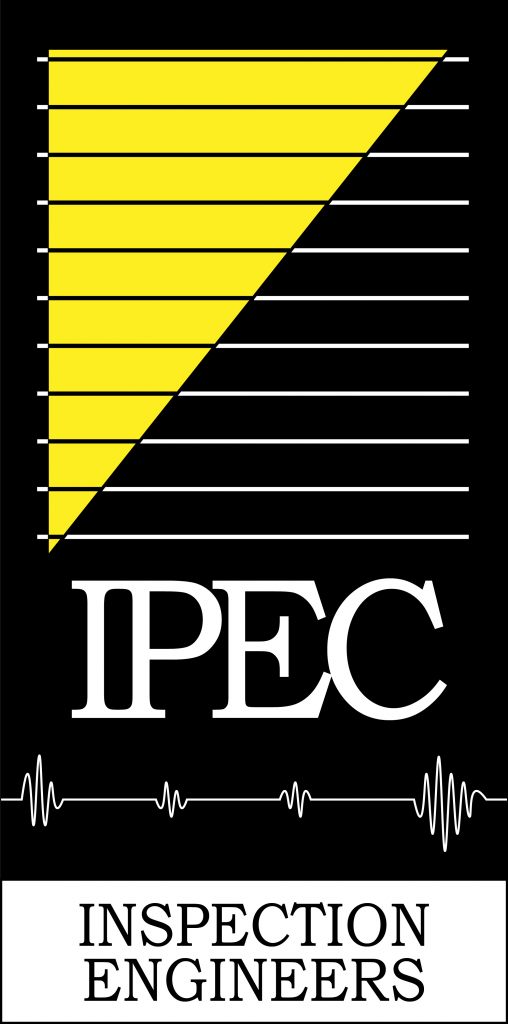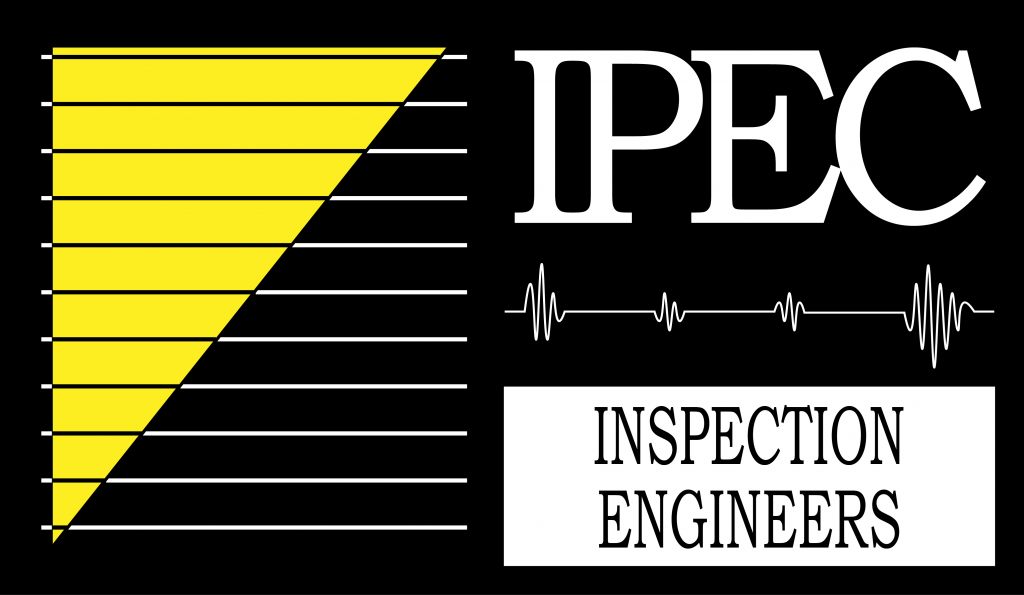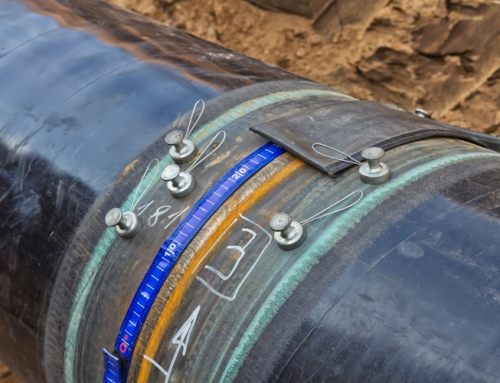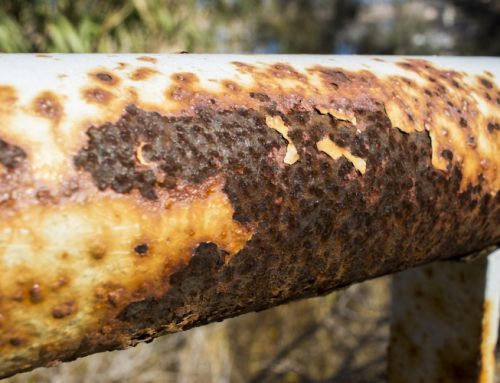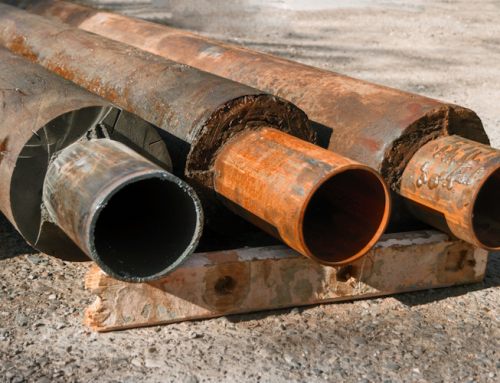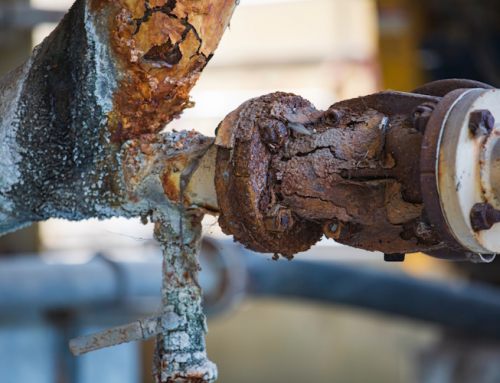Qualified welding procedures are required for production welding, repair welding & build up welding. The primary purpose of a welding procedure qualification is to demonstrate that the joining process proposed for construction is capable of producing joints having the required mechanical properties for the intended application and that the procedure produces weldments meeting design requirements.
In both the European (EN ISO 15614-1) and ASME (ASME BPVC. IX) standards, there are a number of ‘essential variables’ which when changed, may affect either weld quality or mechanical properties. Therefore, a change in any of the essentials will invalidate the welding procedure and will require a new approval test to be carried out. The essential variables are detailed in the relevant specification but typically include;
- Welding process: The type of welding process used, such as Shielded Metal Arc Welding (SMAW), Gas Tungsten Arc Welding (GTAW), Gas Metal Arc Welding (GMAW), or Flux Cored Arc Welding (FCAW).
- Welding position: The position in which the welding was performed, such as flat, horizontal, vertical, or overhead.
- Base material: The type of material that was welded, including its grade and thickness.
- Welding consumables: The type and specification of the welding consumables used, including the electrode, filler wire, shielding gas, and flux.
- Preheat and interpass temperature: The temperature used before welding and between passes during welding.
- Welding parameters: The specific welding parameters used, such as welding current, voltage, travel speed, and amperage.
- Test results: The results of various tests performed on the weld, including visual inspection, radiographic testing, and destructive testing.
The PQR contains a record of the actual ranges for the essential variables that are used to weld a test coupon, the coupon test results and the manufacturer’s certification of accuracy in the qualification of a WPS. When impact testing is required, it also contains ranges for supplemental essential variables. A PQR may also keep a record of non-essential variables but, if they’re included, they must be within the ranges stated on the WPS.
It is also possible to create a new WPQR range of qualification according to a newer edition of the test specification, provided the technical intent of the testing requirements has been satisfied. Inspectors should review the WPS and WPQR to verify that they are acceptable.
One of the most important documents when writing a PQR, is the Welding Procedure Specification (WPS). A Welding Procedure Specification (WPS) is a document that provides detailed instructions on how to perform a specific welding operation. It outlines the welding parameters, such as the welding process, welding position, welding materials, and welding procedures that must be followed to ensure that the welds are of acceptable quality.
The WPS is typically developed by a qualified welding engineer or a certified welding inspector and is used by welding operators as a guide to ensure that they follow the correct procedures during welding. The WPS is an essential document for maintaining consistency and quality in welding operations and is often required by welding codes and standards.
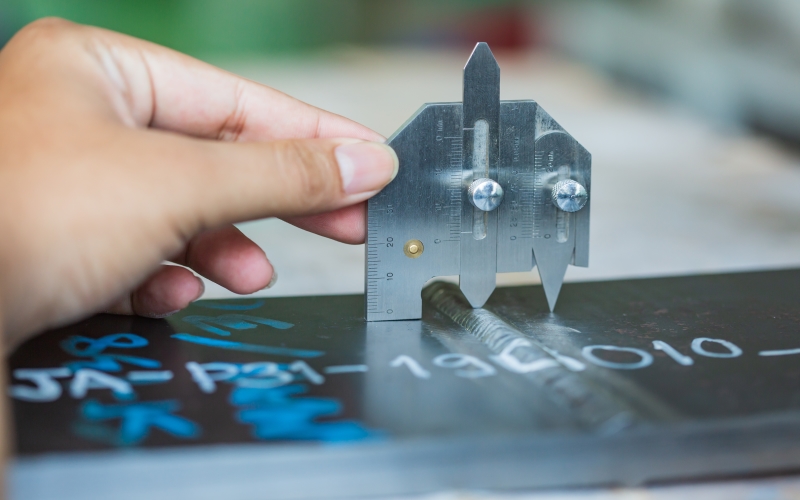
Welder Qualification Test / Approval Test
A Welder Qualification Test (WQT) is a series of tests performed to determine whether a welder is capable of producing welds of acceptable quality using a specific welding process, material, and thickness. The WQT is typically required by welding codes and standards to ensure that welders are qualified to perform welding operations in a safe and effective manner.
The WQT typically includes the following steps;
Training and Education: The welder undergoes training and education to learn the proper techniques, welding procedures, and safety practices.
Welding Performance: The welder performs a series of practice welds using the welding process, material, and thickness specified in the WQT.
Visual Inspection: A certified welding inspector visually inspects the practice welds to ensure that they meet the requirements of the WQT.
Non-Destructive Testing (NDT): The practice welds may be subjected to non-destructive testing, such as radiography or ultrasonic testing, to ensure that there are no defects.
Destructive Testing: The welder may be required to perform a destructive test on a sample weld to determine its strength and other mechanical properties.
Certification: If the welder successfully passes the WQT, they are issued a Welder Qualification Certificate, which indicates that they are qualified to perform welding operations using the specified welding process, material and thickness.
The WQT is an essential step in ensuring that welders are qualified to perform welding operations safely and effectively. The WQT provides assurance that the welder has the necessary skills and knowledge to produce high-quality welds that meet the requirements of the welding codes and standards.
Writing a WPQR
Summary of stages required;
Stage 1 – Write a preliminary welding procedure specification (pWPS)
Stage 2 – Prepare & identify the test coupons
Stage 3 – Weld the test piece
Stage 4 – Validate the weld with non-destructive testing (NDT), i.e. X-Ray, Ultrasonic Testing, Magentic Particle Testing etc. and then destructive testing, i.e. Tensile Testing, Macro Examiantion, Hardness Testing etc.
Stage 5 – Document all data & test results on the PQR
Stage 6 – Write the final WPS for production welding
Author: James Murphy, Operations Manger of IPEC Inspection Ltd.
